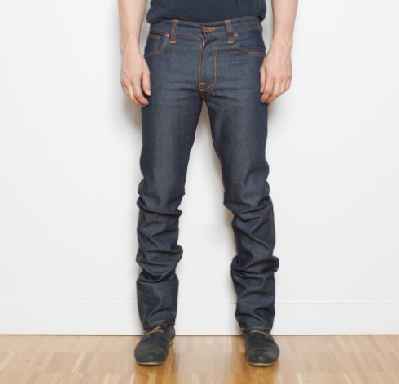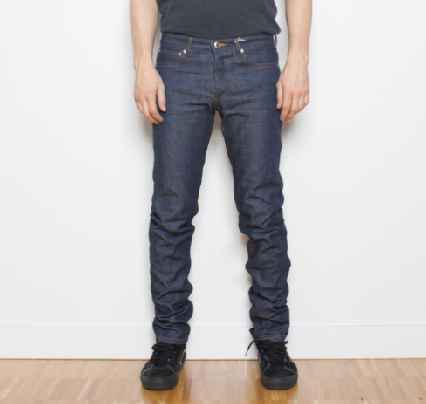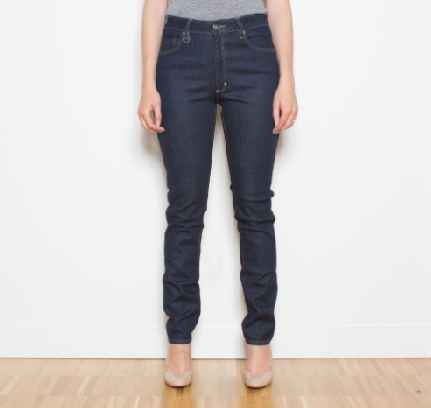A Look At Twill: In Honour of Community
Our flagship store located in Vancouver has a community topography often judged for cold attitudes and emotional irreverence. But there are some pockets of this city that let in just enough warmth to relax even the coolest personalities.
This week, there has been a surge of Vancouverites joining together to battle the potential closure of one of our warmest spaces, Le Marche St. George. A gorgeous little cafe and grocery store that has grown a strong following for it’s quietly unwoven aesthetic, great goods and incredible people. All of it risks a possibility of collapse because of a neighbor married to the statues of city bylaws.
Undoubtedly, there is something to be said for our city fighting its assumptions of itself to celebrate and defend a strangers business. It says a lot about our yearn for community and the landmarks of our city that provide a great deal of strength and give.
Community to me, is providing places where people can surrender into comfort because they know there is a protection that comes from a sense of togetherness. This quality of comfort is illusive in regards to city life, however it’s an attainable concept in the world of denim. When thinking about the types of weaves and threads that make up a pair of jeans, it all leans on each element being supportive to the other, much like a community.
There are some common weaves that provide everything from strength to the potential for an amazing break in. Here are some of the personalities behind the many variations in denim weaves.
Right Handed Twill (Shown: A.P.C. Petit New Standard Raw Indigo)
The right handed warp face uneven twill is the most common weave used in denim production, however it is more commonly called the right handed twill. This twill is tight and so it has the potential to remain stiffer and create more noticeable and sharp breaks through wear. This weave is a nod to denims humble beginnings as a piece of the uniform in the labour force, it’s duty was to remain strong and this twill does.
Left Handed Twill (Shown: Naked & Famous Skinny Guy Left Twill)
Left Handed Twill finds a difference from Right because of the Z twist yarn being spun in a clockwise direction. The weave is a touch more open and so the fabric is softer and naturally won’t create fading that is quite as corrective to your movement. The break in will lead to a softer denim with a more painterly fade.
Broken Twill (Shown: Nudie Slim Jim Broken Twill)
The broken twill was an evolution in denim to prevent the fabric from warping and twisting after wash because of the tension in the compact weave of the Right Hand Twill. When looking at the make up of a heavy ounce cotton twill fabric, it requires 3 warps for every 1 weft, this rhythm repeats itself creating a diagonal line, called the wale throughout the fabric. In the broken twill this pattern is repeated once and then reversed in the second, this leads to a slubby appearance and a very soft texture.
Raw Stretch Right Handed Twill (Shown: Neuw Vintage Opus Raw Stretch)
The purist may fight the implications of adding the 2% Spandex inclusion in a denim, but the highlighting of stretch has many strengths. When looking at the standard raw denim, it will have a harder time returning to its original state before stretching. Raw Stretch denim has the same wear timeof 100% Cotton, it just doesn’t have to battle the stresses of physical activity in the same way, so it has the potential to remain durable. The lack of stiffness in the fabric will no doubt lead to a less defined fade, but the comfort holds an important role in any denim wardrobe.
Written by Kirsten Geekie



